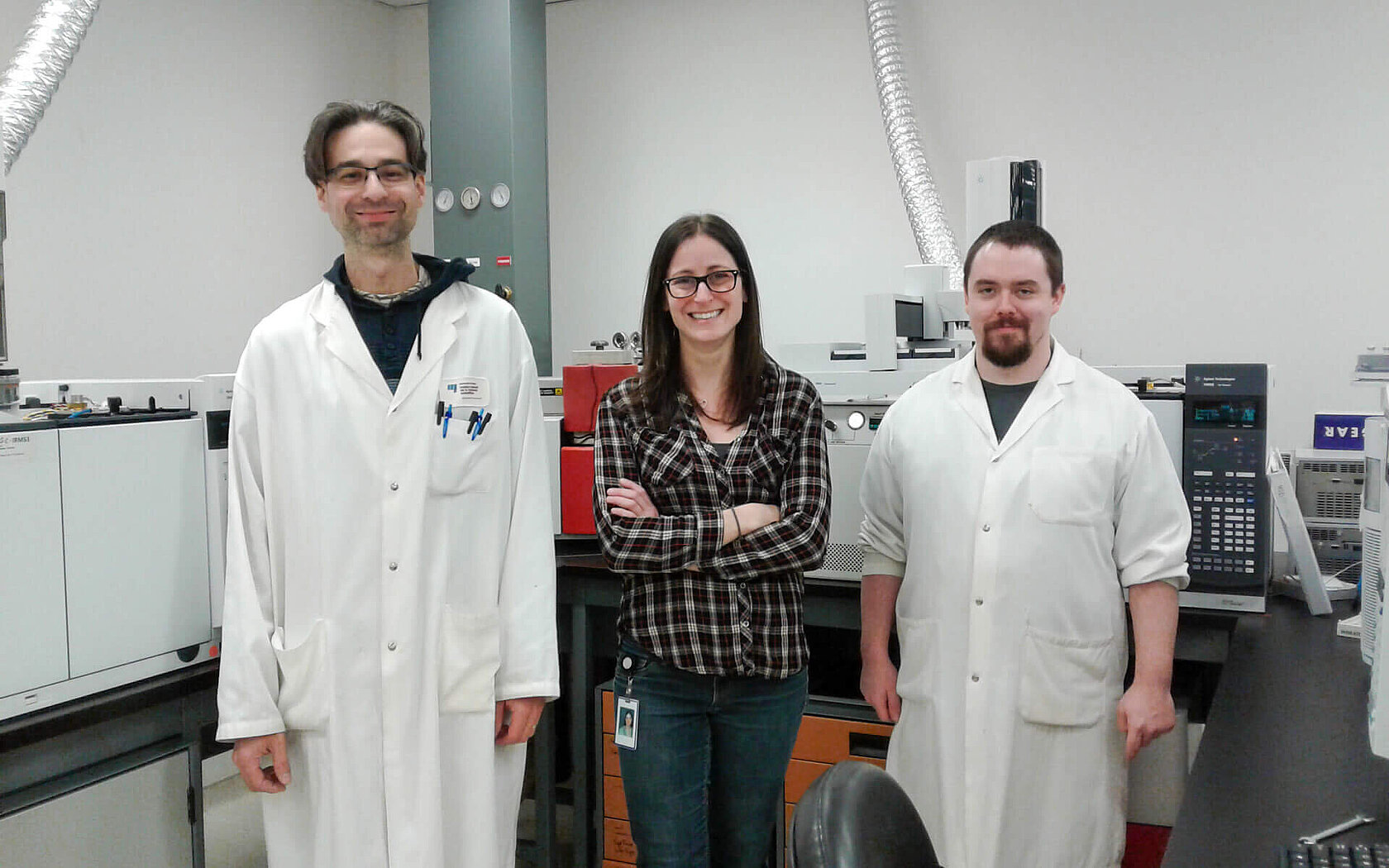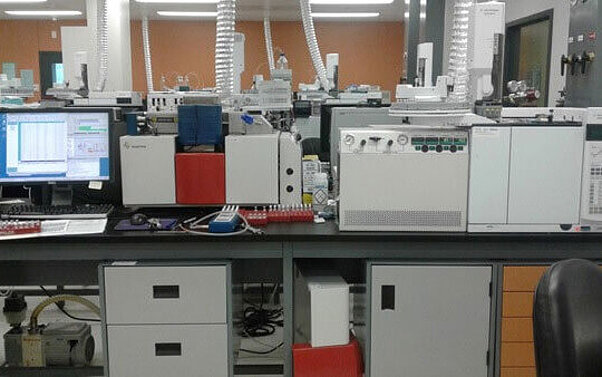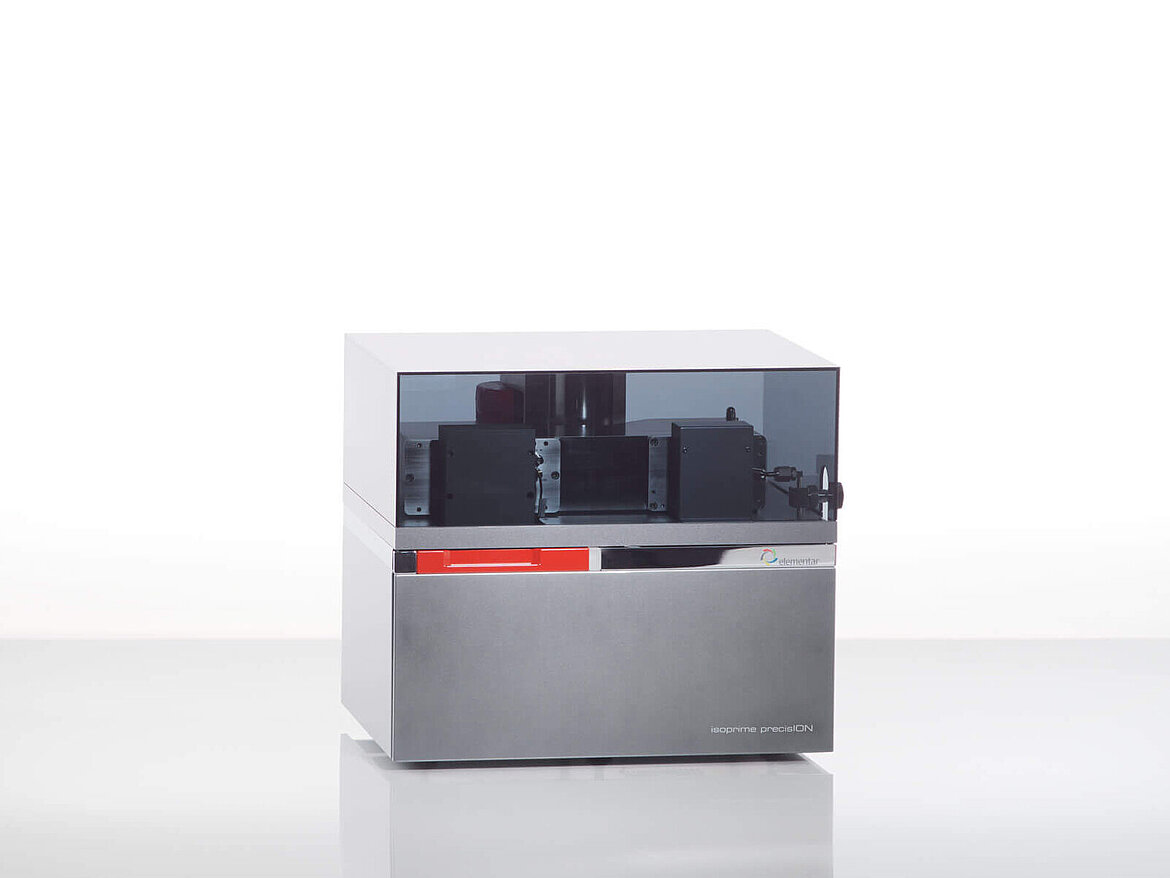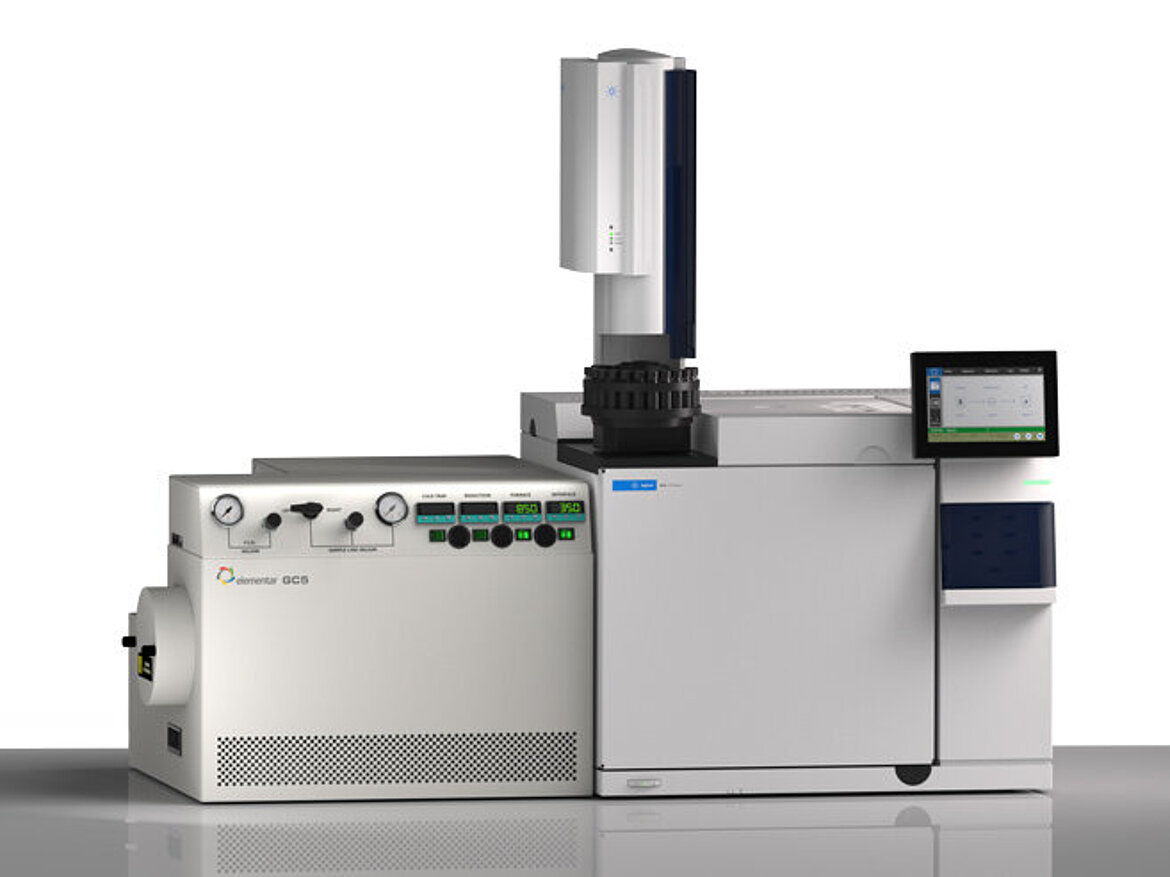The INRS – Institut Armand-Frappier is using an IsoPrime100 IRMS to reveal testosterone doping
Dr Karine Lalonde is a researcher at the INRS Anti-Doping laboratory in Montreal, Canada and her routine work involves the management of the GC-C-IRMS system for detecting the abuse of anabolic steroids such as testosterone in urine from competitive athletes. Testosterone remains one of the most popular performance-enhancing substances used in competitive sport and is widely available in various formats such as tablets, sprays, patches and injectable preparations making its application simple and therefore attractive to athletes.
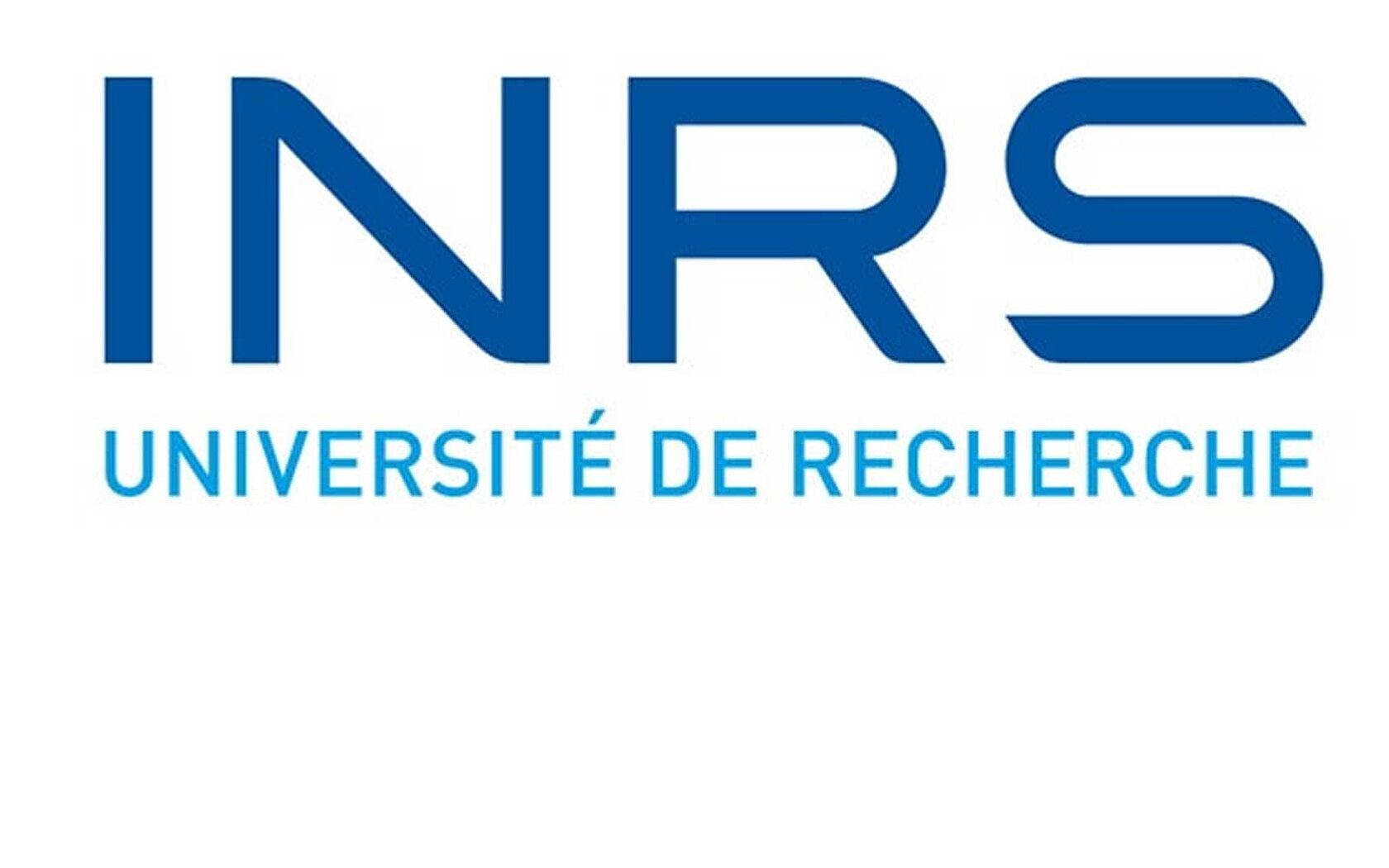
Testosterone doping is more complex to ascertain than the use of most other anabolic steroids since testosterone is naturally produced and excreted by both men and women. Natural testosterone molecules are impossible to differentiate from their synthetic copies using regular mass spectrometric methods and testosterone doping cases can obviously not be demonstrated by the mere presence of testosterone and/or its metabolites in urine. GC-C-IRMS is the gold standard in the field of anti-doping to unambiguously determine whether the testosterone in an athlete’s urine sample originated “from the body or from the bottle”.
The laboratory analyzes more than 2000 GC-C-IRMS samples annually, more than double that of any other anti-doping laboratory worldwide. The laboratory provides anti-doping analysis to many different sports, but their major client is the Major Leagues Baseball (MLB) in the USA. The MLB has implemented what is currently considered to be the most extensive anti-doping program in US professional sports, prescribing IRMS testing for all of their players at least once per season. Since the implementation of this ‘IRMS screening’, no testosterone dopers have been caught in the MLB, attesting to the efficacy of this type of program at deterring athletes that are contemplating doping and ensuring the integrity of the sport.
As a leading laboratory for GC-C-IRMS in anti-doping control, INRS had used instruments from another manufacturer for several years. When Vancouver was chosen to host the 2010 Winter Olympic Games the IRNS laboratory was naturally tasked to provide the anti-doping control for the event. It was at this time that INRS evaluated the performance of the available GC-C-IRMS systems and decided to purchase two Elementar IRMS systems for the event. Following the great success of these instruments, a third Elementar IRMS system was purchased to handle the increased sample demand brought about by the MLB contract.
As well as “routine” testosterone abuse testing, the lab has developed methods for detection of 19-norandrosterone, boldenone and prednisolone. These molecules are particularly challenging due to the low concentration at which they must be analysed. The precision of the Elementar instruments at low signal intensities have been critical for the lab to be able to develop these challenging methods ensuring that the science of doping control is able to stay ahead of those that choose to cheat.
About her experience with Elementar IRMS systems, Dr Lalonde had this to say:
In our experience, the Elementar instruments have given us better stability and sensitivity than any other system. In contrast to other instruments where oxygen is introduced to the combustion furnace using a backflush technique the Elementar GC-C-IRMS system allows us to add an oxygen bleed to the carrier gas. This bleed maintains uniform oxidation conditions for lengthy sample sequences (> 40 hours) in contrast to the oxygen backflush which is performed only once prior to a sample sequence and necessarily equates to the decaying oxygen content in the furnace tube causing variable instrument conditions.
About the INRS Canadian Anti-Doping Laboratory
The INRS–Institut Armand-Frappier Centre provides research and community support services in the human and animal health sectors. It boasts exceptional analytical capabilities in chemistry, microbiology and immunology, genomics and proteomics, as well as molecular and cellular biology. The institute hosts the only anti-doping laboratory in Canada to be accredited by the World Anti-Doping Agency, the International Olympic Committee and several other international sports federations. The laboratory is directed by Professor Christiane Ayotte who has lead the development of numerous GC-MS methods and is often requested to act as an expert for sport administrative, civil or criminal court hearings and arbitration in Canada, USA and Europe.
Dr Lalonde and her colleagues, Dr Andrew Barber, Nicolas LeBerre and Frédéric Séguin have been delighted with the Elementar IRMS instruments. The instruments have provided the team with a unparalleled level of precision and accuracy as well as considerable sample throughput, allowing the laboratory to ensure that competition remains fair for all athletes. You can find out more about INRS-Institut Armand-Frappier here.
Instrumentation installed: | IsoPrime IRMS with Agilent 7980GC AND GC5 Interface |
Address: | INRS-Institut Armand-Frappier |
Contact details: | Email: Karine.Lalonde@iaf.inrs.ca Website: Institut Armand-Frappier |
